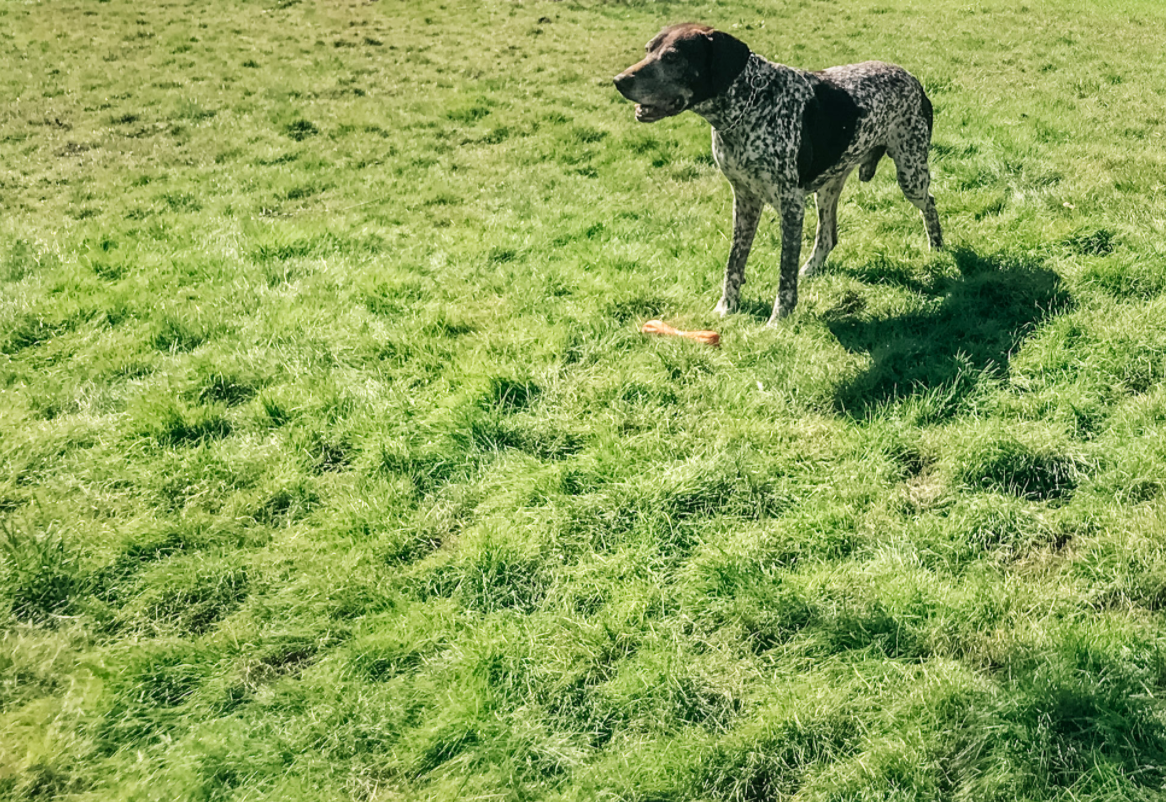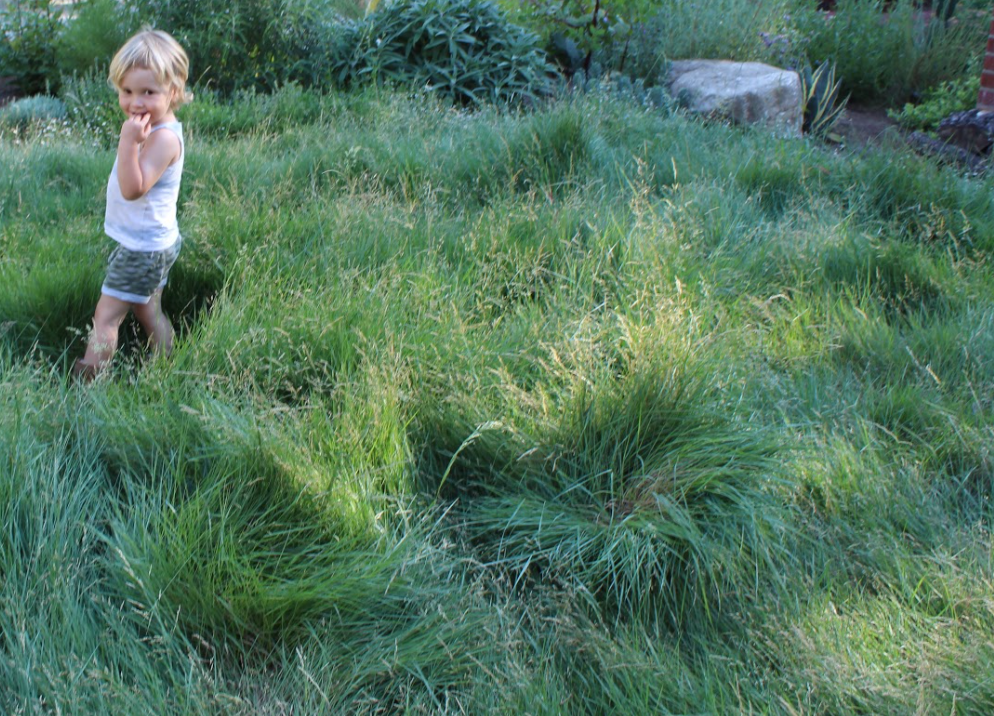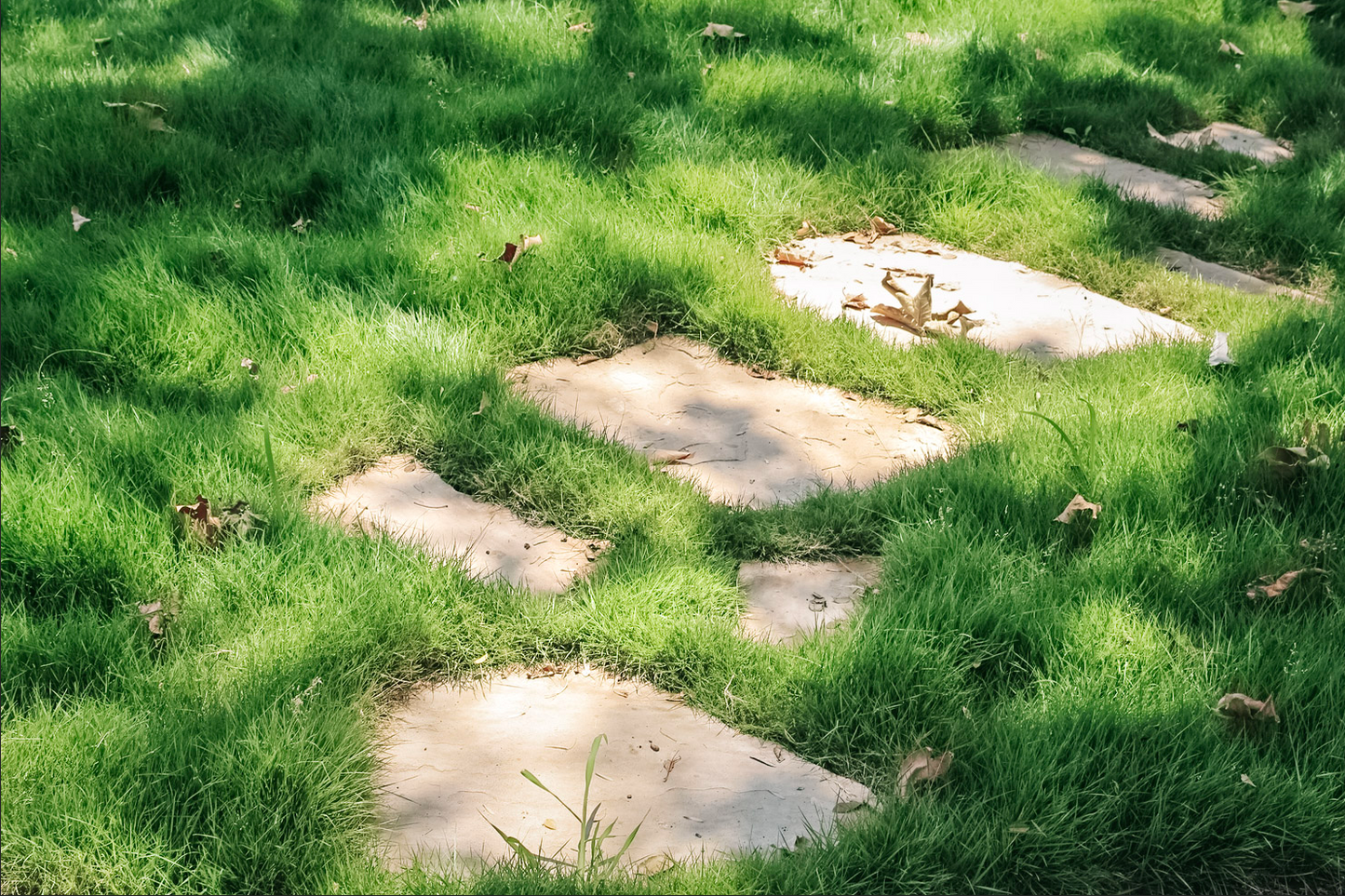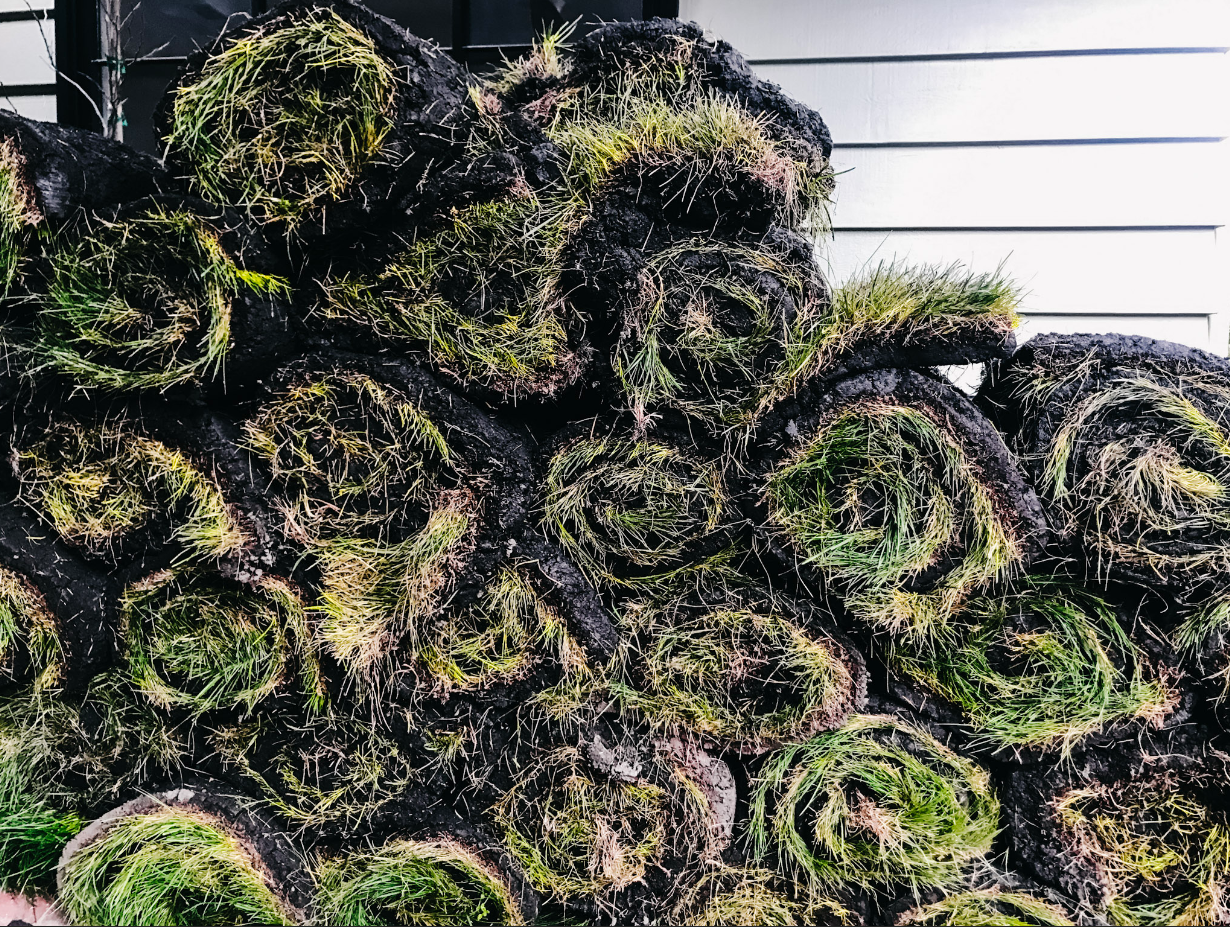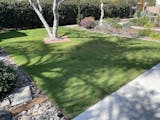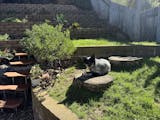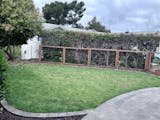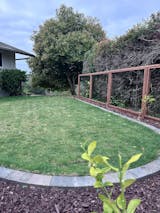Native Bentgrass Lawn Sod
Agrostis pallens, San Diego Bentgrass, Thingrass, California bentgrass etc. FULL SUN - PART SHADE
Agrostis pallens is a true California Native Grass. Bentgrass occurs naturally in almost all densely inhabited areas of the state. That doesn't mean it grows like a weed - it still needs a little help to get started, especially where soil conditions are not ideal. It stays green most of the year with some exceptions.* Experiencing golden patches in summer or in hot climates with heat waves.
This native meadow grass works great for regularly mowed areas or those you want to leave long and natural.
It was originally engineered as a golf course turf and rough replacement. You can maintain Native Bentgrass at a mow height of anywhere from 3-12." Just ensure you do cut it back (with a string trim) at least twice a year in spring and fall or it will loose its greenery. Never trim by more than 1/3 of its total height or you may cause scalping.
*In hot inland summer climates grass can go into summer dormancy in high

